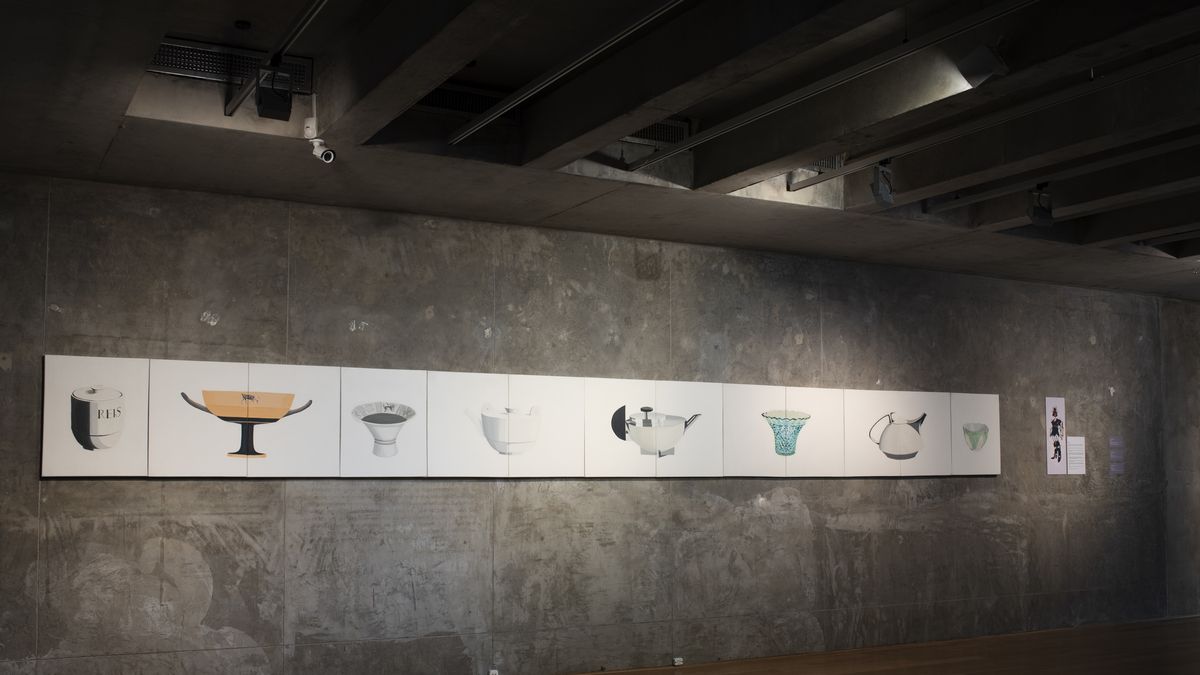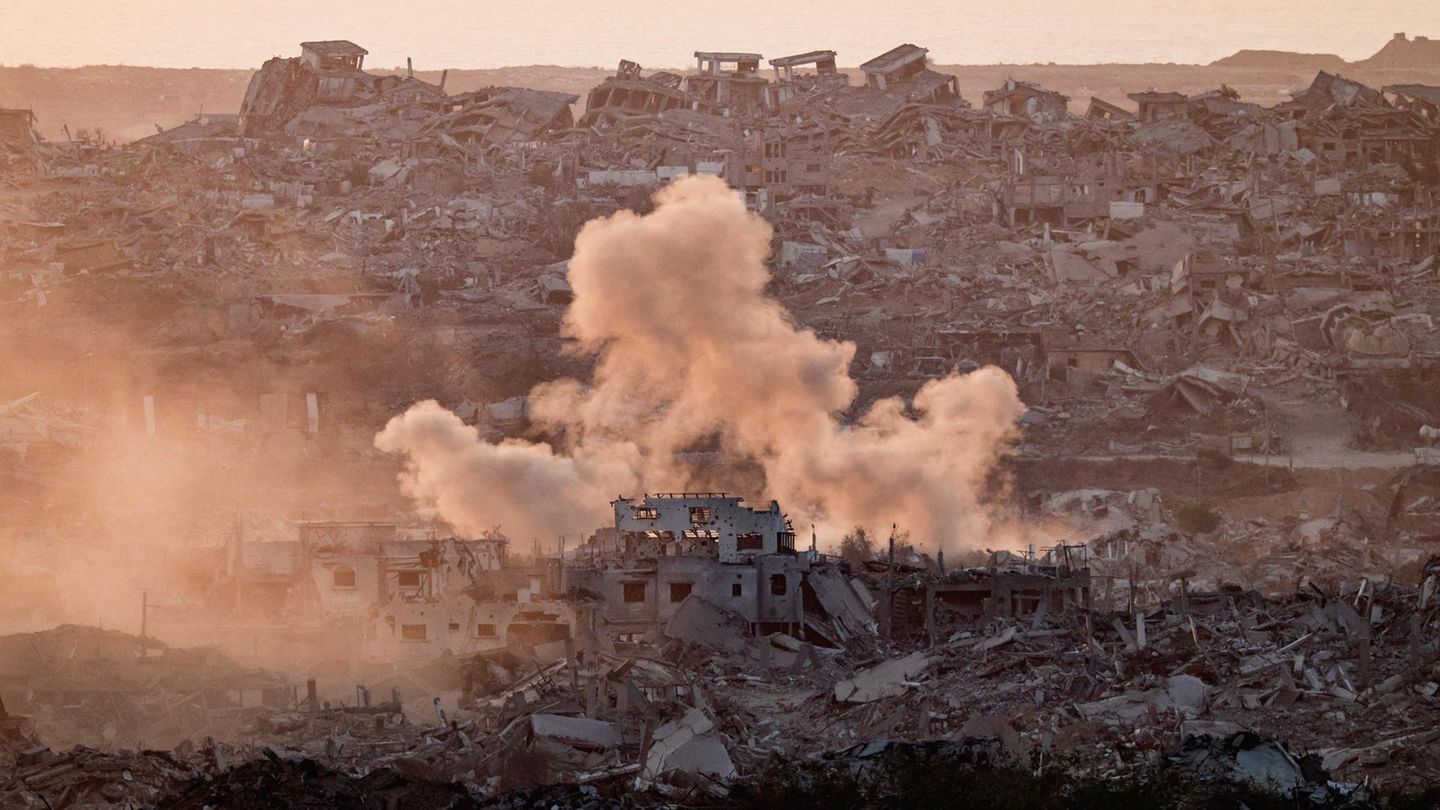The MACBA, Museum of Contemporary Art of Buenos Aires, and the Cultural Center of Spain, CCEBA, present “Celebration and Shipwreck”. For Spain they participate Eduardo Arbos, Rafael Bianchi, Regina Giménez and for Argentina, Gonzalo Elvira, Argentine artist born in Patagonia in 1971, living in Barcelona since 2000, Alicia Herrero and Michele Siquot. It is a rereading and also tribute to the creative theses of the Bauhaus School German created in 1919 by the architect Walter Gropius (1883-1940) and whose etymology means Bau: construction and Haus: house.
The exhibition occupies all the floors of the MACBA and reveals the influence of the aesthetic and ideological legacy of the House of State Construction from a free review. The initiative for this exhibition is due to Gonzalo Elvira and it is an expanded version of the one carried out in 2015 at the Juan Sanchez Municipal Museum of Fine Arts in the province of Río Negro.
The Bauhaus was a paradigm in the way of conceiving and creating in artan arts and crafts school oriented towards architecture in post-war Germany and responded to the idealism of Gropius: build a new way of living, build a new society with the aim of improving the quality of life of postmodern man. There were trade workshops: carpentry, glassmaking, weaving, painting with the aim of reaching the bases of color and form to free oneself from all previous forms of construction and artistic work.
On the ground floor it is exhibited “Vanitas” by Alicia Herrero (Buenos Aires, 1954), a work belonging to the Museum’s permanent collection, a cake-like graphic based on the relationships between art and capital, colonial plunder, economic concentration, the unequal distribution of wealth, image common in graphic and television media, work carried out between 2021 and 2022. Large recycled cotton fabrics are exhibited on the ramp, “Geo-graphics” by Regina Giménez (Spain, 1966), analysis of images from ancient atlases that reveal his reflection on geography, physics and the universe.
Michele Siquot (Rosario, 1964) makes textile collages and tapestries with bias tape, a framework with cotton strips of various colors inspired by Gunta Stölzl, recognized as the first woman to hold the title of “teacher” of the Bauhaus. In the first basement, a very refined work of Alicia Herrero made in 1997, then exhibited at the Rojas Cultural Center, “My loot”, in which you can see Bauhaus design objects with ceramics from Upper Peru or glass from Venice from the 1800s.
Rafael Bianchi (Olat, Spain, 1967) was inspired by a desk table that is displayed in fragments, designed by Josef Albers in 1923 to create the Robinson Chair, a name associated with The Adventures of Robinson Crusoe. Eduardo Arbos (Barcelona, 1959), who, due to an eye problem that occurred in 2015, focuses on analyzing, questioning and interrogating the image and its construction, language and its codes, pays homage to the houses built by the Bauhaus for its teachers, accessible to all but that in the end turned out to be impractical, establishing a division that today we would call a rift between second-class citizens, -the teachers- and Gropius – first class citizen.
Among all these works we highlight those of Alicia Herrero and Gonzalo Elviradrawings in Chinese ink, which reviews historical facts, for example, the The monument to the fallen ones built by Gropius in 1922 in Weimar and destroyed by the Nazis. The artist relates it to another monument demolished by hitlerthat of Rosa Luxemburg and Karl Liebknecht built by Mies van der Rohe in Berlin in 1926.
In his mellow text, the curator, David Armengolartistic director of the La Capella Art Center (Barcelona), points out that “this exhibition is a choral exercise of quotation and reappropriation that recovers defining moments, characters and plastic records of the school’s innovative teachings throughout the 20th century”.
“Celebration”tribute by contemporary artists, and “Shipwreck” because he admits the fact that in the end he could not fully fulfill his objective: “that art was accessible to everyone due to internal disputes and the political and social context in addition to its cryptic theories”. A dry and also illustrative sample which requires knowledge of the theories of the Bauhaus, of history, of the cataclysm that was brewing and that was closed by the Gestapo in 1933.
(MACBA, Av. San Juan 328. Open every day from 12 to 7 p.m. except Tuesdays.)
Source: Ambito
I am an author and journalist who has worked in the entertainment industry for over a decade. I currently work as a news editor at a major news website, and my focus is on covering the latest trends in entertainment. I also write occasional pieces for other outlets, and have authored two books about the entertainment industry.




